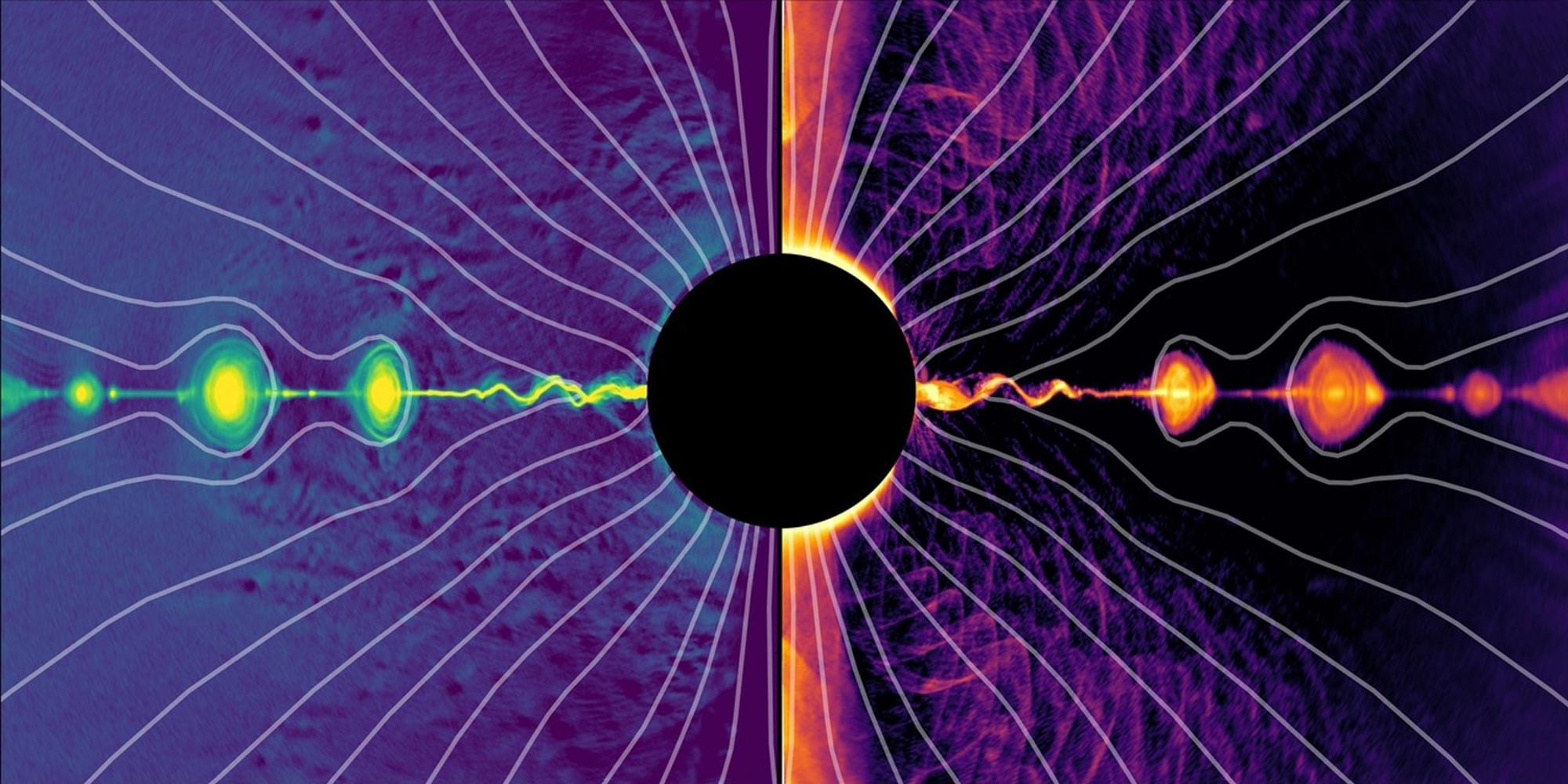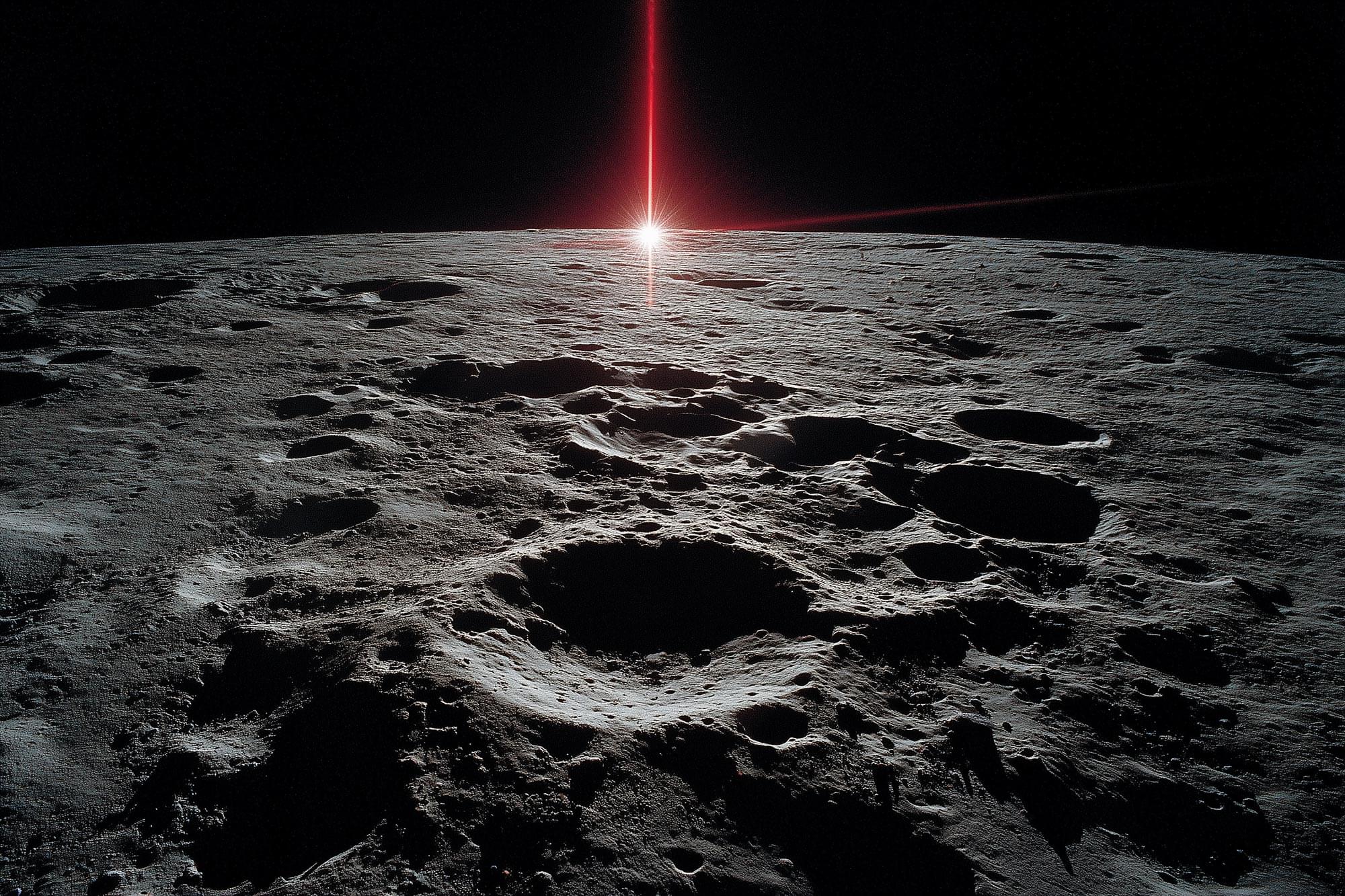The neutral-atom platform appears promising for scaling up quantum computers. To solve some of the toughest challenges in physics, chemistry, and other fields, quantum computers will eventually need extremely large numbers of qubits. Unlike classical bits that can only represent a 0 or a 1, qubits
Get the latest international news and world events from around the world.




Radical Plan to Beam ‘Sunlight on Demand’ at Night Sparks Concerns
A proposed constellation of satellites has astronomers very worried. Unlike satellites that reflect sunlight and produce light pollution as an unfortunate byproduct, the ones by US startup Reflect Orbital would produce light pollution by design.
The company promises to produce “sunlight on demand” with mirrors that beam sunlight down to Earth so solar farms can operate after sunset.
It plans to start with an 18-metre test satellite named Earendil-1 which the company has applied to launch in 2026. It would eventually be followed by about 4,000 satellites in orbit by 2030, according to the latest reports.




New Android spyware ClayRat imitates WhatsApp, TikTok, YouTube
A new Android spyware called ClayRat is luring potential victims by posing as popular apps and services like WhatsApp, Google Photos, TikTok, and YouTube.
The malware is targeting Russian users through Telegram channels and malicious websites that appear legitimate. It can steal SMS meessages call logs, notifications, take pictures, and even make phone calls.
Malware researchers at mobile security company Zimperium say that they documented more than 600 samples and 50 distinct droppers over the past three months, indicating an active effort from the attacker to amplify the operation.